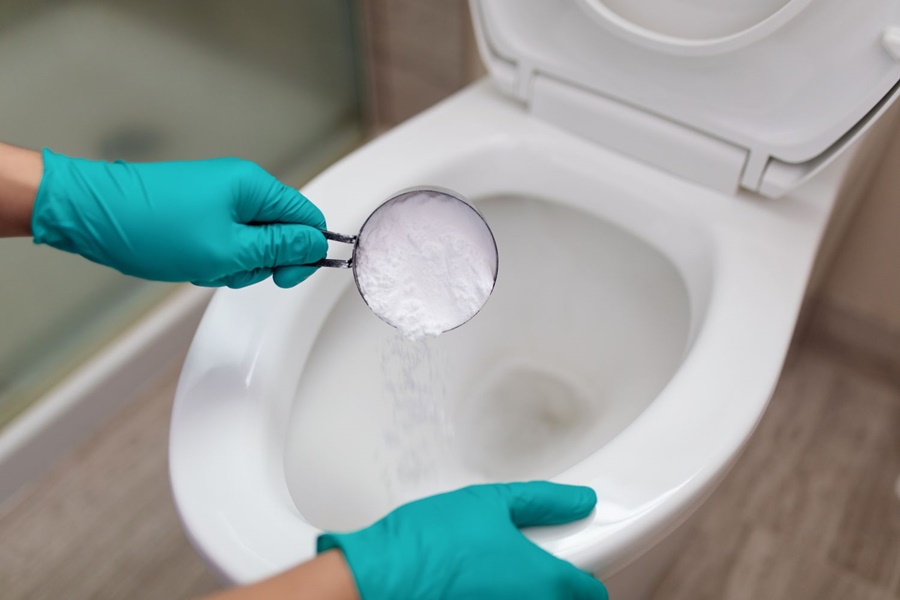Dealing with a clogged toilet can be a frustrating and unpleasant experience. Fortunately, not every situation requires a plumber or a plunger. Using hot water to unclog a toilet is a surprisingly simple, effective, and low-cost method that many homeowners can use successfully. In this comprehensive guide, we’ll walk you through every step and scenario so you can solve the problem confidently and efficiently.
Why Use Hot Water to Unclog a Toilet?
The logic behind using hot water is straightforward: it softens and breaks down materials like toilet paper, organic waste, and other debris that may be causing the blockage. The heat helps loosen clogs and allows gravity to do the rest. When combined with dish soap, the method becomes even more powerful by reducing friction in the pipes.
Tools and Materials You Will Need
Before starting, gather the following items:
Hot water (not boiling)
Dish soap (preferably grease-fighting)
Bucket or container for pouring
Rubber gloves (optional but recommended)
Towels or rags (to handle any splashes or spills)
Step-by-Step Instructions: How to Unclog Toilet with Hot Water
1. Assess the Severity of the Clog
Before doing anything, observe the water level. If the toilet bowl is filled to the brim, wait a few minutes to see if the water level naturally goes down. If it doesn't, you may be dealing with a more severe blockage and may want to remove some water manually using a small container.
2. Add Dish Soap First
Pour about 1/4 to 1/2 cup of liquid dish soap directly into the toilet bowl. Allow it to sit for 5 to 10 minutes. This will help lubricate the sides of the pipes and make it easier for the hot water to pass through and dislodge the clog.
3. Prepare the Hot Water
Heat 1 to 2 gallons of water. Do not boil the water. Boiling water may damage the porcelain or crack the toilet bowl. The ideal temperature is between 120°F to 150°F (warm enough to be effective but safe for the toilet structure).
4. Slowly Pour Hot Water into the Toilet
Carefully pour the hot water from waist height into the toilet bowl. Pouring from a height helps create extra pressure, increasing the chances of dislodging the clog. Make sure not to pour too quickly to avoid splashing.
5. Let It Sit
After pouring, let the solution sit for 20 to 30 minutes. In many cases, the combination of heat and soap will break down the clog, allowing it to pass through the pipes naturally.
6. Test the Flush
Once the time has passed, try flushing the toilet. If the water drains normally, the clog is resolved. If it still drains slowly or remains clogged, you may repeat the process one or two more times before considering alternative methods.
When Hot Water Doesn’t Work: What to Do Next
If the clog remains stubborn even after two or three hot water treatments, it’s time to escalate:
Use a plunger to create suction and pressure to push the blockage.
Try a toilet auger (also known as a closet auger) to reach deeper clogs.
Use a bio-enzymatic cleaner that dissolves organic waste naturally.
If none of these work, calling a professional plumber is advised.
Preventive Tips to Avoid Toilet Clogs
Avoiding future toilet clogs is just as important as fixing them. Here are some prevention tips:
Only flush toilet paper and human waste.
Avoid flushing feminine hygiene products, baby wipes, or paper towels.
Use less toilet paper per flush.
Regularly clean your toilet to prevent buildup.
Inspect plumbing annually to identify issues before they become emergencies.
Benefits of Using Hot Water Over Chemical Drain Cleaners
Chemical drain cleaners can seem like a quick fix but often come with drawbacks:
Can damage your plumbing if used excessively
Pose environmental hazards
Risk of skin burns or inhalation issues
May not work effectively on organic clogs
Using hot water and dish soap is a safe, eco-friendly, and cost-effective method that gets the job done without harmful side effects.
Conclusion
Unclogging a toilet with hot water is one of the easiest and most effective DIY plumbing solutions available. It’s safe, chemical-free, inexpensive, and usually works within 30 minutes. Always start with this method before escalating to plungers or plumbing snakes. If used properly, it can save you time, money, and the inconvenience of waiting for a professional.

